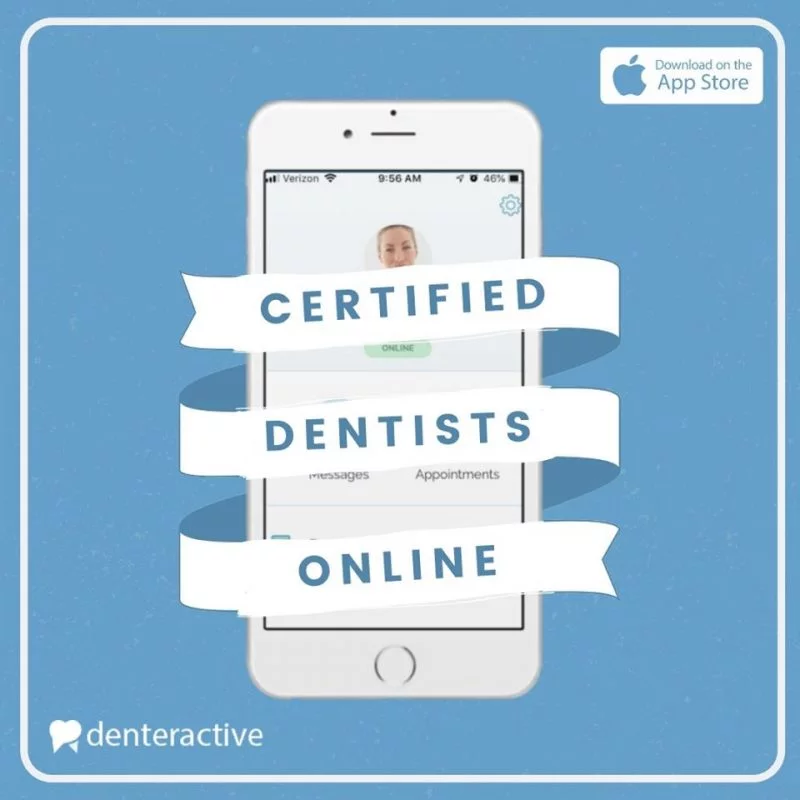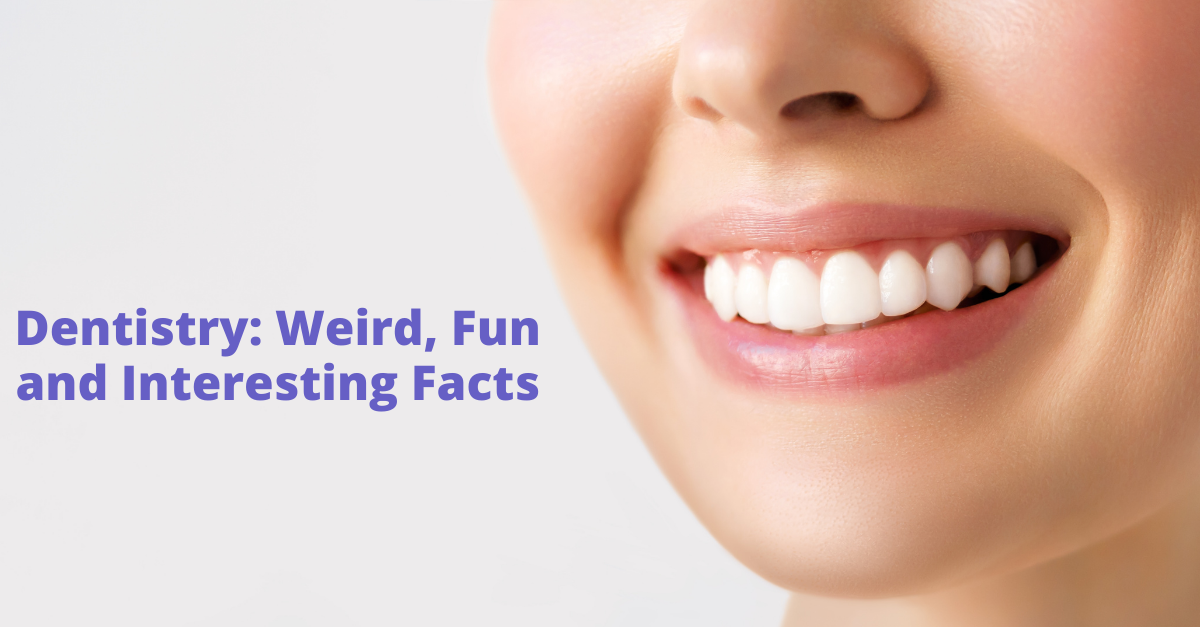Reducing the Costs of Emergency Dental Care

When a dental emergency happens, taking quick action can help to save your smile and your money.
For example, a bonding treatment to repair a cracked tooth can cost $300-$600 per tooth. Yes, it’s expensive. But delay getting dental care and the problem will almost certainly worsen. You may end up needing a root canal and a crown, which typically costs $1,500-$2000.
More importantly, an untreated, damaged tooth is essentially an open door to a dental infection. Ignore that, and you have a serious health emergency that may put you in the emergency room, facing a bill of $2,096 just for the basic visit; additional tests, evaluations and treatments will rapidly increase the costs, according to the Health Care Cost Institute.
Your best bet when facing a dental emergency: get professional advice as soon as possible. You may be able to save the tooth (or teeth) – or at least limit the damage – with appropriate first aid and prompt treatment. You’ll certainly reduce the risk of an oral infection. And you’ll almost always save money in the long run too.

The most common types of dental emergencies include:
Knocked-out tooth
If a permanent tooth is completely knocked out from its socket (the medical term for this is “avulsed”) you need to head to the dentist ASAP. You may be able to increase the odds of saving the tooth, depending on its condition, the injury, and other factors. Knowing exactly what to do in an emergency is why having reliable access to a dental professional is so important.
Teeth can sometimes be “replanted” (yes, that’s the technical term) so try to recover the tooth but avoid handling it by its roots. Depending on the situation, a dentist may advise you to put the tooth gently back in its socket, or hold it between the cheek and gum, or place it into a plastic bag along with a bit of the injured person’s saliva or in a cup of cold milk. The cost of tooth replanting starts at about $500-850, which is less expensive than the $1500 or more you’d probably pay to replace the tooth.
If a primary (baby) tooth is knocked out, ask a dentist how to proceed. Typically, you won’t need to preserve the tooth but will want to see a dentist to assess the damage and check on the health of remaining teeth.
Broken Tooth
If a tooth is broken, consult a dentist immediately. It may be possible to save what’s left of the tooth depending on where the break occurred (the further away from the gum line the better), and the condition of the tooth’s remaining structure. Treatment may include dental bonding for minor breaks ($500 and up), a root canal and crown ($2000 and up) or extraction ($75-$300 and up) and eventual replacement (cost varies by procedure). Even if it’s a back tooth (“no one will see it!”) don’t ignore it and risk infection – talk to a dentist ASAP.
Loose or Displaced Tooth
Sports injuries and other accidents may dislodge teeth. Get professional guidance and make sure to see a dentist as soon as possible. Loose teeth can be stabilized ($500-$750 and up) and may recover completely if treatment is received within hours of the incident. Even if the damage is severe, getting care quickly improves the chances of being able to save the natural tooth.
Chipped Tooth
If the damage is minor and doesn’t extend into the tooth’s pulp, a chip can often be quickly repaired by a dentist using bonding or a veneer ($800-$950 and up). If you don’t get treatment, it’s quite likely that more of the tooth will break off, and you’ll end up needing a pricey dental crown to fix the problem.
Gum Abscess
An abscess is one of the most painful of dental conditions. Immediate treatment is critically needed—the infection can spread into the sinus cavities, the face, or the bone of the jaw. In the worst-case scenarios, dental infections have been fatal. If you think you may have an abscess, contact a dentist right away, tell him or her what symptoms you are experiencing, and follow their advice. Treatment typically costs around $1,500+ and involves cleaning the infected area, controlling the infection, and treating the problem that caused the infection.
Affordable Dental Care for Emergencies
Even if your budget is tight, delaying care virtually always results in a higher treatment cost later on – dental problems simply don’t heal themselves. Investigate ways to reduce the cost of dental care now, don’t wait until you are dealing with a dental emergency to figure out who to call and how you can pay for treatment.
All costs cited in this article are averages calculated from a comparison of dental treatment fees as provided by multiple dental savings plans. Actual costs may differ according to location, treatment specifics and dentist.



